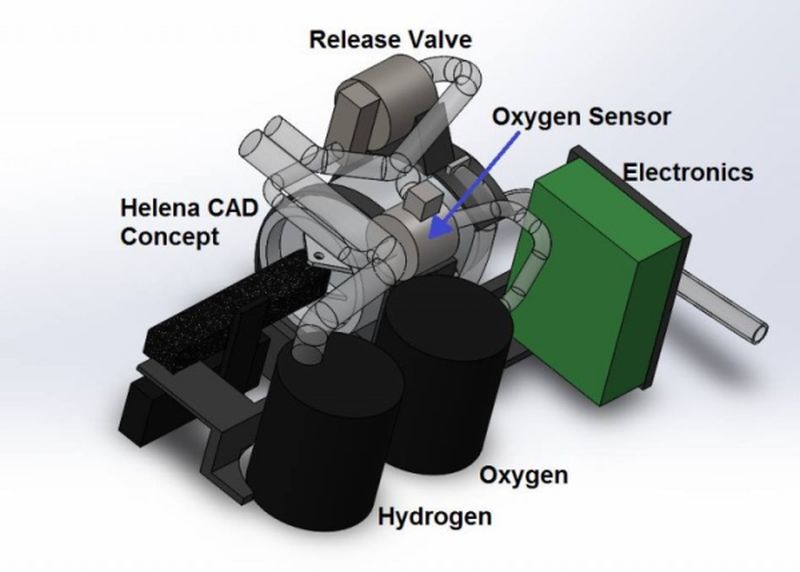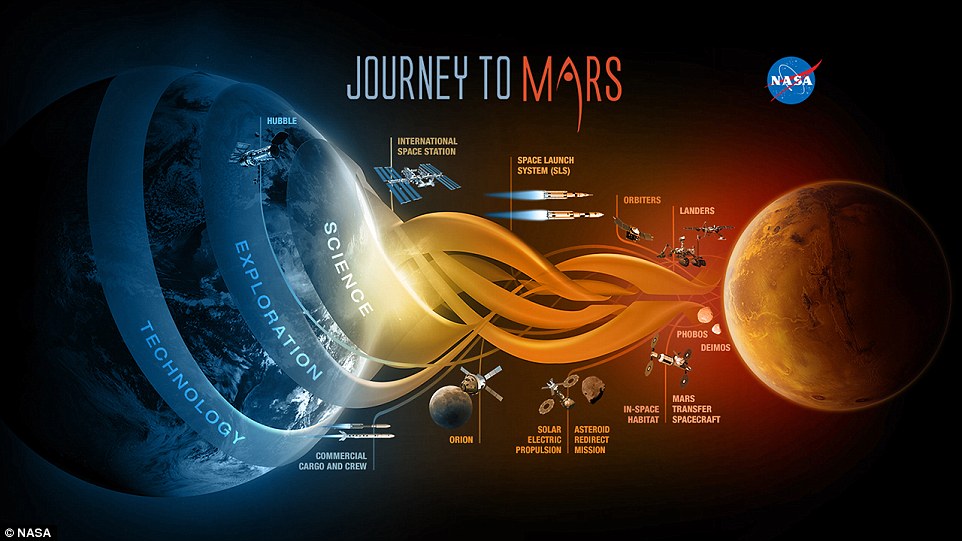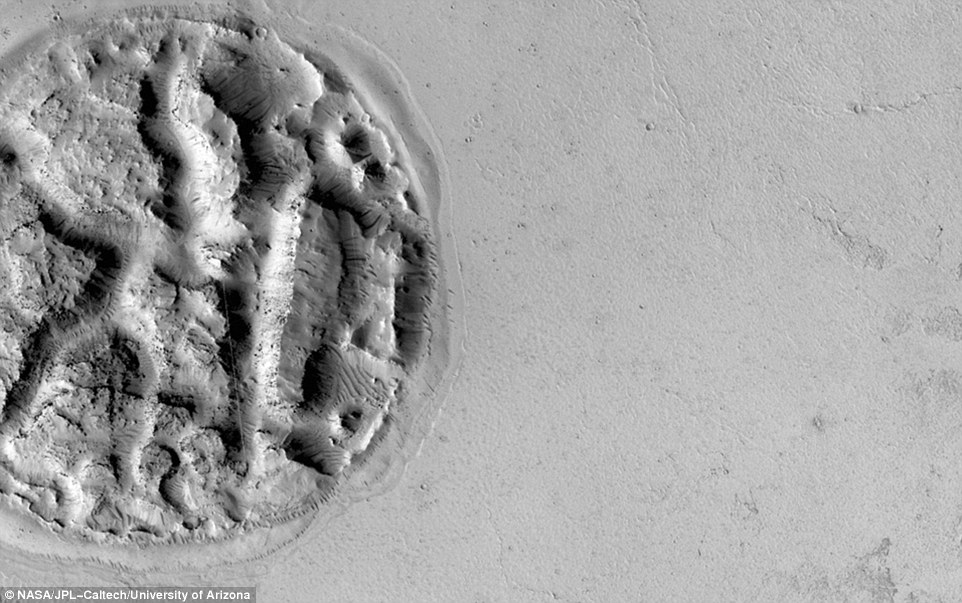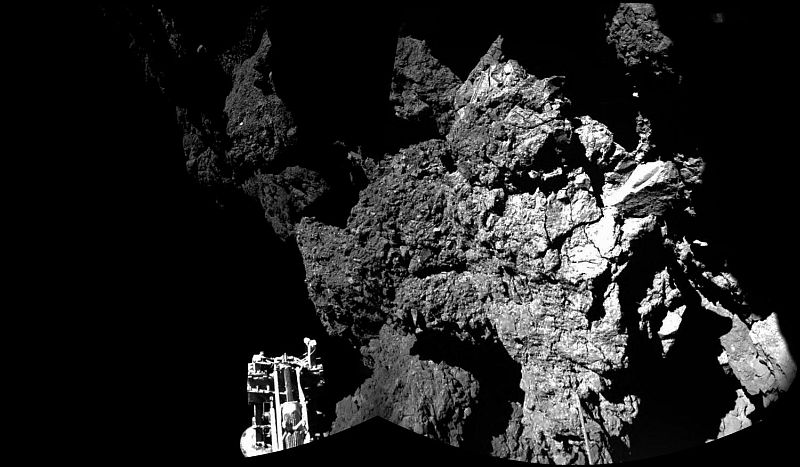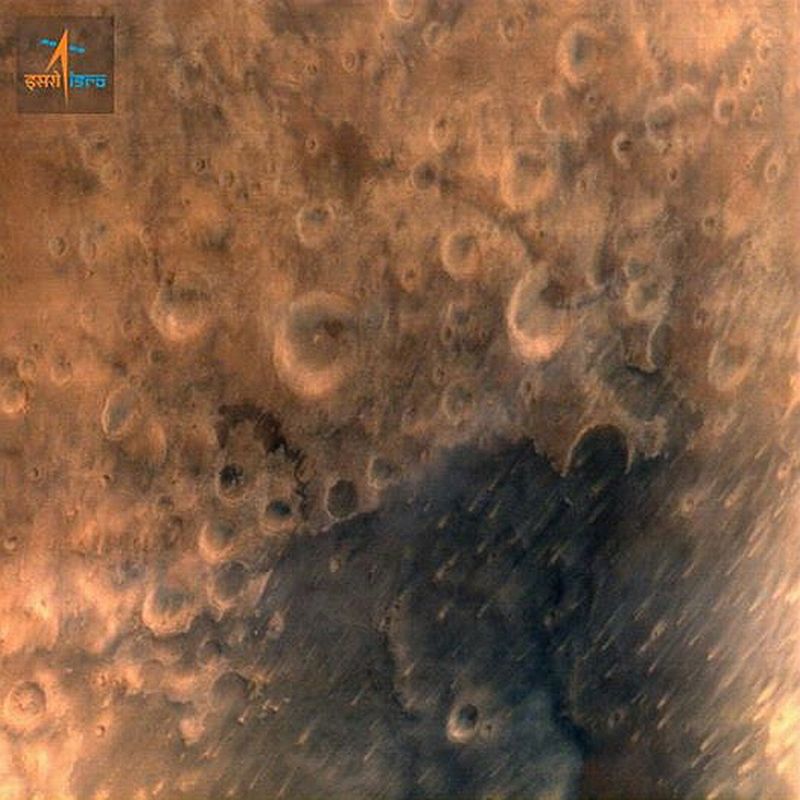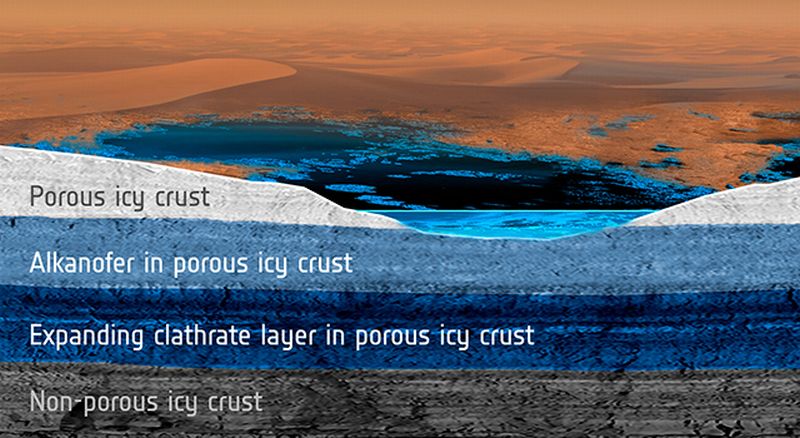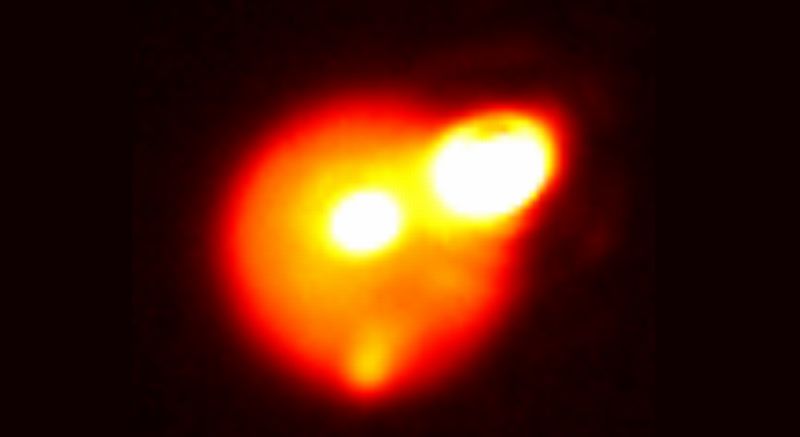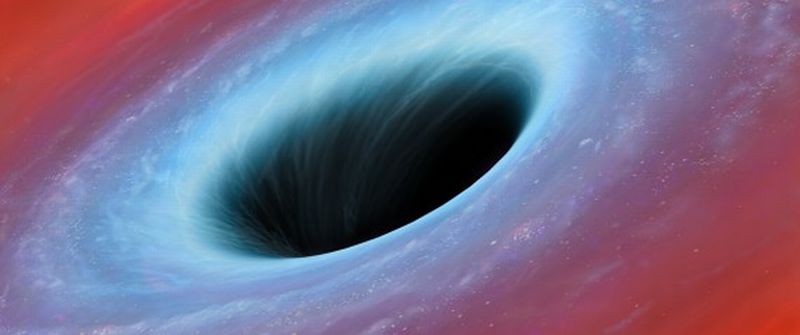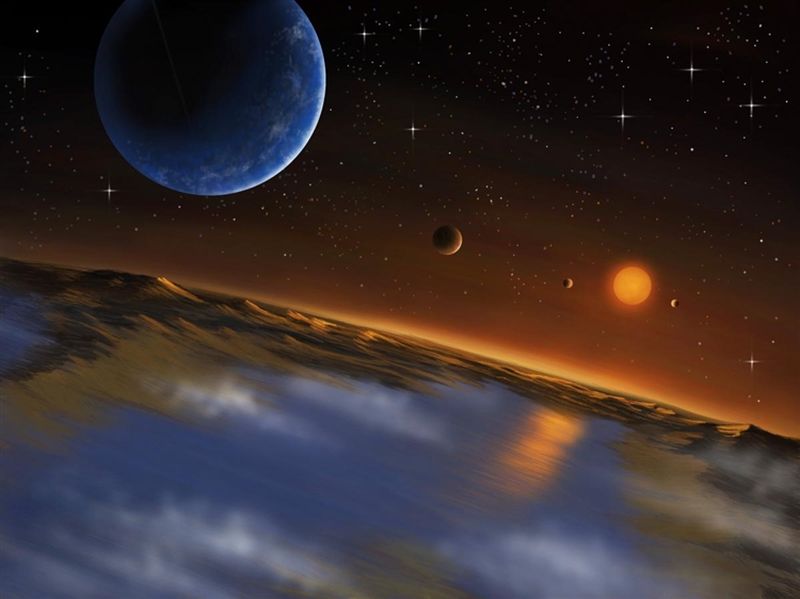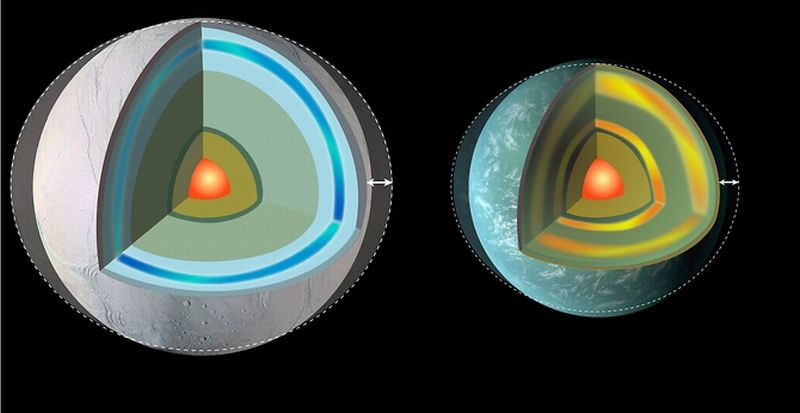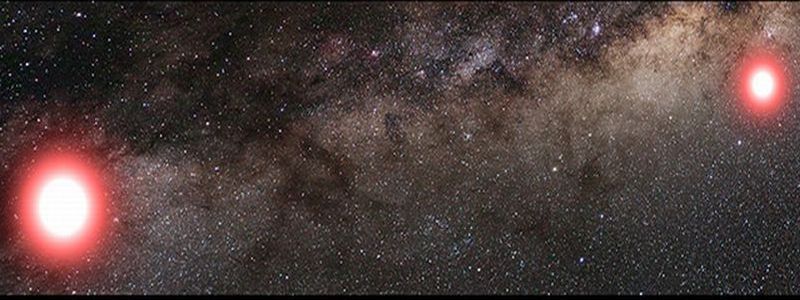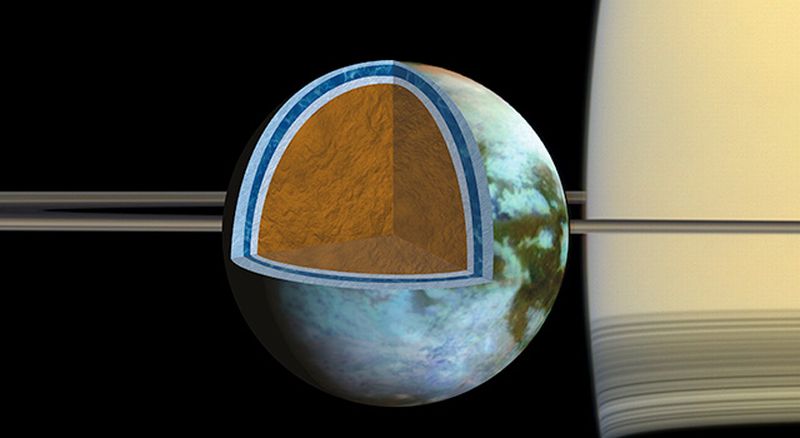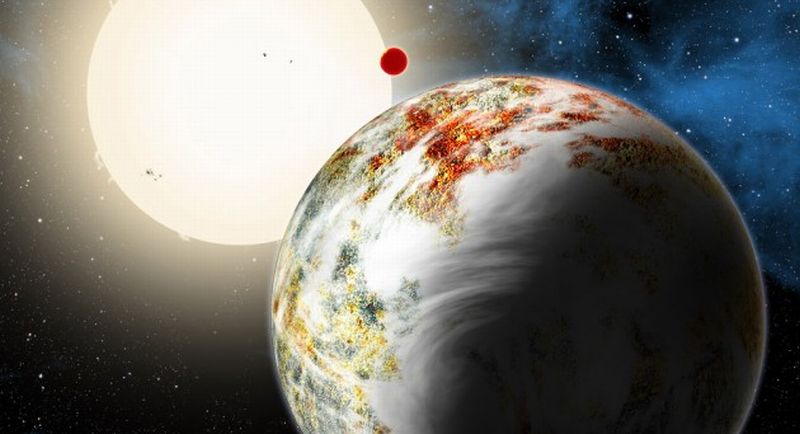Mars One, the controversial project that plans to create a permanent human settlement on the Red Planet has organized a competition called the Mars One University Competition. The competition has invited designers to prepare technology that can supply Mars citizens with breathable air. The victorious payload will have the opportunity to travel to Mars One initial unmanned lander mission that is scheduled to land on Mars in 2018. This mission will in turn prepare the way for the future colonists planning to reach Mars in 2025. A student team from…
Read MoreTag: space exploration
10 Images Captured by Orion: A View from Space at 32,000 kmph and 4,000°F
Orion Multi-Purpose Crew Vehicle (MPCV) finally made its successful re-entry into the earth’s atmosphere after a dramatic test flight that hovered around the Earth twice in nearly 4.5 hours. The spacecraft made a fiery re-entry with 32,000 km/h enduring temperature of 4,000°F. This happens to be one of the fastest NASA capsule missions after the Apollo program from 1969 to 1972.
Read MoreImpression of Human Brain discovered on Mars: Athabasca Region of the Red Planet
Recent image received by NASA clarifies the fact that once the Martian surface was saturated by volcanoes. The image has a semblance of a human brain (pictured above) and it stretches over a distance of approximately 1.2 miles. The agency has called it the ‘circular island’ since it appears to be an island encircled by smoothly flowing magma.
Read MoreImages from Rosetta’s lander Philae: Welcome to a Comet
Philae, the European Space Agency (ESA) lander made the historic touchdown on comet 67P/ Churyumov-Gerasimenko although it lacked to latch on properly yet the position is said to be stable relatively. The agency has been able to get hold of its first image.
Read MoreMangalyaan beams back Images from Mars: India’s First Successful Mission to the Red Planet
India’s Mars Orbiter Mission after positioning itself successfully into the orbit, took some images of the red planet. The image reflected the planet’s crater-marked surface. The Indian Space Research Organisation (ISRO) circulated the images across its network via its facebook page. Pictures containing orange surface with dark holes were taken at a height of nearly 4,536 miles. ISRO’s lead researcher V. Koteswara Rao confirmed that the spacecraft is working absolutely fine and that it has been able to click couple of pictures of the surface and its surroundings. Soon enough,…
Read MoreInterplay between Subsurface Liquid and Clathrates Reservoirs on Titan: Methane Rainfall
Information gathered by NASA in collaboration with European Space Agency Cassini mission has surfaced presence of numerous lakes across the northern polar area of Titan. Instead of consisting of water, these seas are composed of hydrocarbons, the organic compounds that are also present on Earth. As per the previous studies, the rainfall from the surface clouds brings about major amount of liquid on Saturn’s moon. However, the cycle of liquid moving through the moon’s crust and the atmosphere is still under consideration.
Read MoreHellacious Lava Fountains on Jupiter’s Moon Io: Curtains of Fire
Within a two-week period Io, Jupiter’s moon, experienced two massive outbursts in August 2013. Astronomers speculated that these volcanic eruptions could be regular phenomenon that can spew materials in huge quantities above the surface. If we talk about ratio, it could be somewhere from one huge outburst per one or two years but Io suggested more than this. Io is the innermost moon out of the planet’s four large Galilean moons. It is more than 3,600 km across. It is the only space body that is known so far, by…
Read MoreJapan to create Space Force to Monitor Debris: The Fourth Battlefield
Space debris are affecting our vital services and if it continuous to do so then time is not far when we would no longer be able to communicate, the financial markets would be paralyzed, no TV, no internet, no phone calls, no satellites, life would come to a halt, literally! Satellite collisions would initiate the catastrophic snow balling effect amplifying the cascade of destruction. The movie Gravity did call for some serious thinking about the impacts that debris can cause. Although the movie had some serious flaws but that is…
Read MoreBlack Holes morph into White Holes: Space-Time Loops cause Big Bounce
As per a recent theory, supernova explosions could be the dying throes of black holes that were formed soon after the Big Bang. The phenomenon called black holes have been the most flabbergasting observable fact of the universe and until now, there has been no concrete evidence as to what is on its other side and what happens to the matter that it engulfs. However, two physicists have gone ahead and postulated that these black holes have an expiry date too and that they morph into ‘white holes’ explosively dispersing…
Read MoreHabitability is Dependent on Ocean: Water bodies Influence Climate Stability
There is a lot of research work going to find traces of life on other planets and to find elements that are essential requisites for sustaining life on other Earth-like planets. All the research done so far using computer simulations were more focused on the atmosphere of these alien planets with Earth-like habitable climates.
Read MoreAn Affordable method of growing Food in Space: Plants with Life Support Systems
With the advancement in science and technology, the day is not far when humans will settle on distant planets or may plan a luxurious holiday on the moon. But arranging enough food supplies for a longer stay is the most challenging part as it occupies considerable room on the spacecraft and sending another spaceship loaded with supplies would be not cost efficient. To tackle the issue, researchers around the world are trying to develop a cost efficient method to grow food in space. This would definitely make future space travel…
Read MoreTidal Forces influence Planets in Eccentric Orbits: Possibility of creating Habitable Worlds
Fixation towards heat for survival is the key element across planet earth and the solar system. During the origination of human life, early man stumbled upon the discovery of fire by rubbing sticks and since then it has evolved gradually. In an interesting study, researchers at NASA have discovered a similar fixation towards heat for survival across constellation. The findings are primarily based on the Earth sized planets in other star systems. Excessive heat denotes destruction but right amount of same heat results in creating habitual climatic conditions.
Read MoreFrozen Steller Twins Discovered: Orbits in Binary Star System
Lately a binary star system has attracted attention of many space scientists. This binary system consists of twin stars, mutually orbiting around a common center of mass. Situated around 3,000 light years away from Earth, astronomers’ expecting that it could shed some information regarding similar Earth like bodies floating in space. The planet weighs twice that of the Earth and orbits, in binary system, one star. Distance between the two corresponds to the distance between the Earth and the Sun. However, unlike the Sun, the planet’s host star is dimmer…
Read MoreTitan’s Ice Shell overlies Salty Ocean: As Salty as Earth’s Dead Sea
NASA’s Cassini mission has given strong confirmation regarding the saltiness of Titan, the largest moon of Saturn. Space scientists have even compared the salt content with Earth’s Dead Sea. The result corresponds to 10 years observation, where Cassini was busy accumulating the gravitational and topographical data. Researchers organized this information and developed a model based on Titan’s structure. This resulted in gaining better insights of the moon’s exterior ice shell.
Read MoreKepler-10c the mega-Earth Discovered: Godzilla of Earths
Space scientists have discovered a new planet to which they call as “Godzilla of Earths”, maybe because of its rocky exteriors. The exoplanet weighs more than 17 times that of Earth. Until now researchers believe that the planet is all solid and is much gigantic with respect to previous discoveries of super-Earth, hence it falls into the casket of mega-Earth. Sasselov, one of the astronomers believe that Kepler-10c, the newly found mega-Earth, is high on probability with respect to implications for life.
Read More
